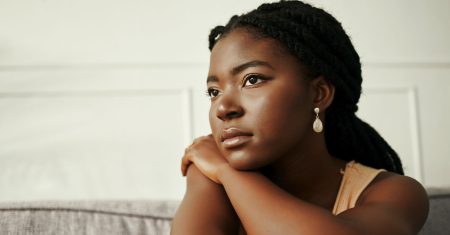“Water, water everywhere, Nor any drop to drink,” Coleridge’s sailor complains in the famous 1798 poem “The Rime of the Ancient Mariner.” The mariner is talking about the plight on his ship, but he may as well be describing the city of New York. That year, a yellow fever epidemic led to an outcry over the city’s drinking water shortage. Foul water was believed at the time to cause not only that outbreak but a host of other diseases. While this didn’t turn out to be so, there was no denying that a municipality whose population was growing exponentially needed a sustainable source.
Lucy Sante’s diverting new book details the scorched-earth efforts of governmental and business entities to solve the problem while lining their pockets all along the line. Was the cure worse than the illness? Is it right to submerge towns and villages so that a city may rise?
Manhattan is surrounded on all sides by bodies of water, none of it potable. The East and Harlem rivers go directly to the sea and the Hudson combines sea and salt water for many miles approaching the city. Settlers tapped ponds and streams as a solution, but that became untenable as New York was becoming an international harbor. Before the first reservoir system in Croton was even completed in 1842, widespread fires and a cholera outbreak proved it to be inadequate to the region’s needs. The population of 300,000 would triple over the next 20 years. The answer was to go further and further out of town, into the Hudson River Valley. But as Sante writes, “from an upstate perspective, the reservoir system represents at best an imposition and at worst an imperial pillage of the landscape.”
Sante is a longtime resident of Ulster County, 80 miles up river from NYC. The Dutch settled the area in the 1600s, establishing little towns around dairy farms and other small industries. The sparse population was used by the city as a primary point in justifying the sacrifice necessary to meet desperate municipal requirements. Sante compares it to the trolley problem—a thought experiment in which a car is about to collide with a number of people and the operator can divert to a different track sparing the group, but definitely killing one person. Is it better to do nothing with a clean conscience and accept catastrophe or cause certain harm for the greater good?
Nineteen Reservoirs: On Their Creation and the Promise of Water for New York City by Lucy Sante
The Experiment, hardcover (coming out 8/9), 208 pp., $24.95, theexperimentpublishing.com
Water, as they say, seeks its own level. The six major regional reservoirs, built between 1907 and 1967, were in a constant, desperate race to meet the unquenchable needs of an exploding population. But how could those needs even be quantified? Water was considered for centuries a bottomless resource and akin to a human right. But the costs of building dams and hundreds of miles of pipes, tunnels, and aqueducts were exorbitant. Fights between local and state institutions over what to charge for water delivery were legion and overrun by graft down to the least measurable drop. Meters, for instance, were manufactured by cronies of this or that official, then sold to property owners at exorbitant rates.
Just the idea that water usage should be monitored was used by political parties of every stripe. Liberals might argue that charging poor people for their water was an undue burden, but without measuring or conservation, the city was wasting millions of gallons a day. Astoundingly, Sante cites the fact that in 1999 around 65 percent of apartment buildings in the city were still unmetered.
Meanwhile, upstate, “the ghosts of the drowned villages continue to haunt the public imagination via roadside markers and twice-told tales,” Sante writes.
As with every piece of Sante’s writing I’ve read, the prose is crystalline and the pages are richly illuminated with maps, adverts, and period photography—often from her own extensive collection of vernacular materials and ephemera. The visual matter serves to further accentuate the intractable issue at the heart of this book: how to help an urban population without utterly destroying a rural one.
Sante doesn’t have a solution. As a writer, historian, and dweller of the area in question, her part is to observe and describe. She’s aided in her task by photographer Tim Davis, who spent the summer of 2020 documenting the landscapes and inhabitants in and around these man-made bodies of water. Davis’s evocative pictures fill the ten-page epilogue to the book, prompting Sante to wonder, “Is it because we know the reservoirs are artificial that their very beauty can appear confected?”
What’s utterly real is that 300 years later, New York City’s crisis is familiar to the majority of the planet’s inhabitants. Our trolley is hurtling towards a crash. The question is how many we take out before coming to a complete stop.
Did you know? The Reader is nonprofit. The Reader is member supported. You can help keep the Reader free for everyone—and get exclusive rewards—when you become a member. The Reader Revolution membership program is a sustainable way for you to support local, independent media.







